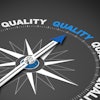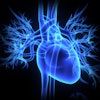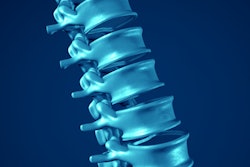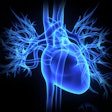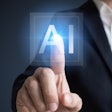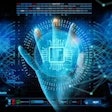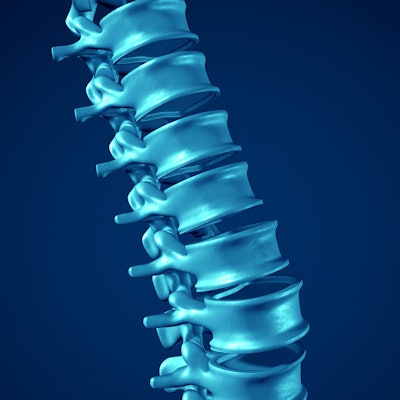
Swiss imaging software developer Medimaps Group has presented results at ECR 2023 that show its new spine segmentation (SpS) artificial intelligence (AI) algorithm may be a reliable, time-efficient tool to enhance patient monitoring and osteoporosis diagnosis.
The SpS algorithm has been designed to enhance bone measurement accuracy on dual-energy x-ray absorptiometry (DXA) lumbar spine (LS) scans with potential application in x-ray-based imaging systems.
"Our data show, for the first time, the efficacy of an algorithm to assess lumbar spine segmentation on DXA scans to enable better screening for osteoporosis," noted Didier Hans, PhD, CEO and co-founder of Medimaps Group and head of the R&D Bone Diseases Center Lausanne University Hospital, Switzerland.
The algorithm has now been moved onto a further development stage, and submission of a next-generation product for regulatory approval is slated for later this year.
In its study, Medimaps Group applied its SpS deep learning algorithm to thousands of scans from the OsteoLaus cohort and evaluated it on an independent test set. Results showed a significant improvement for the measured bone mineral density (BMD), trabecular bone score (TBS), and surface compared with the machine default bone mask, and similar results as obtained from a human expert bone mask.
"The best-in-class software has proven to be a precious aid in our clinical routine to detect more cases of osteoporosis, and to improve patients bone health prognostic reliably," noted Dr. Giuseppe Guglielmi of Foggia University School of Medicine and Dimiccoli Teaching Hospital, Barletta, Italy, former president of the European Society of Musculoskeletal Radiology (ESSR).
During the congress, Medimaps Group will also hold a series of radiologist peer-to-peer workshops to present TBS Osteo, a software product used by radiologists to monitor bone health, and which is commercially available in 60 markets worldwide. The software calculates TBS, an index of the bone microarchitecture and a BMD-independent bone fracture risk predictor. The use of TBS is proven to help identify approximately 30% more patients at risk of fracture compared with BMD alone, without additional examination time or radiation. These workshops, "Osteoporosis: augmented intelligence solutions for better patient care," will be co-presented by densitometry experts Guglielmi and Hans. Delegates can register on the Medimaps website. The workshops will take place at Medimaps' ECR booth, AI-41, on 2, 3, and 4 March from 12:00 p.m. to 12:20 p.m. CET.


